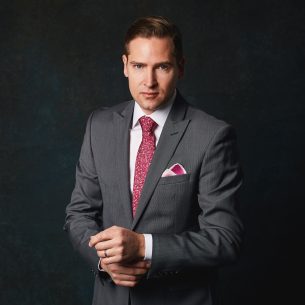Real Housewife and model-mom Yolanda Hadid recently revealed that she’s filler and Botox-free. Beverly Hills oculoplastic surgeon Dr. Christopher Zoumalan explains what to expect if you decide to take a break from injectables—and the most common reasons some women do.
The goal of any cosmetic enhancement is to improve an aspect of a patient’s appearance that they are unhappy with. This could be wrinkles around their eyes, the size of their breasts or stubborn fat that refuses to budge despite maintaining a healthy lifestyle. Although a board-certified plastic surgeon can help most patients achieve their aesthetic goals, there are instances when a surgeon must turn a patient away—especially if they have unrealistic expectations or desire an end-result that will appear unnatural.
In terms of injectables like fillers and Botox, these products should be used to naturally and gracefully enhance one’s appearance, yet we tend to remember bad outcomes such as a swollen, overfilled face or abnormally-appearing lips. As a general rule, the results you don’t automatically attribute to injectables are the best ones. An ethical, well-trained aesthetic physician respects each patient’s unique facial and body anatomy to prevent an overdone look that could possibly create problems down the line.
Real Housewife of Beverly Hills Yolanda Hadid (and mom of supermodels Gigi and Bella Hadid) recently announced that her days of cosmetic enhancement with Botox and fillers are over—and she had her breast implants removed as well. At 55, Hadid’s decision to go au naturel is a personal one, and many women who choose to get injectables wonder what would happen if they stopped altogether.
If you decide to stop using injectables, the results don’t just disappear overnight. It takes time for them to dissolve, which can take several months and, in some instances, years. (And no, your face will not “melt”—you’d be surprised how many patients ask about this.) Botox wears off within three to four months no matter how long you’ve been getting toxin injections, and lines gradually return to their pre-treatment appearance. For the record, it is a myth that your wrinkles will be worse if you stop.
However, some patients do not want to wait for filler to dissolve naturally. Often used in cases of bad outcomes due to an unskilled injector, hyaluronic acid fillers can be reversed quickly with injections of hyaluronidase. Another common reason to use hyaluronidase is in patients who are considering surgery as a more permanent alternative to ongoing filler injections. (I recently published a paper about managing filler-related issues prior to eye-area surgery in order to obtain the best outcomes.) In any case, I personally believe it is best to avoid dissolving all unwanted filler at once, and prefer to inject hyaluronidase in stages so the skin has time to naturally contract.
With all of this said, an overwhelming majority of patients are happy with their filler and Botox, which is why they continue to get injections. (The statistics don’t lie.) Beautiful outcomes are far more common than bad, but I still prefer to use hyaluronic acid-based fillers because they can be reversed quickly if a patient desires for any reason. When considering non-surgical treatments like injectable fillers and Botox or actual surgery, it’s important to do it from the get-go, and selecting the proper physician for the cosmetic enhancement you desire is the best first step.
For more information, visit Dr. Brian A. Levine's social media:

























